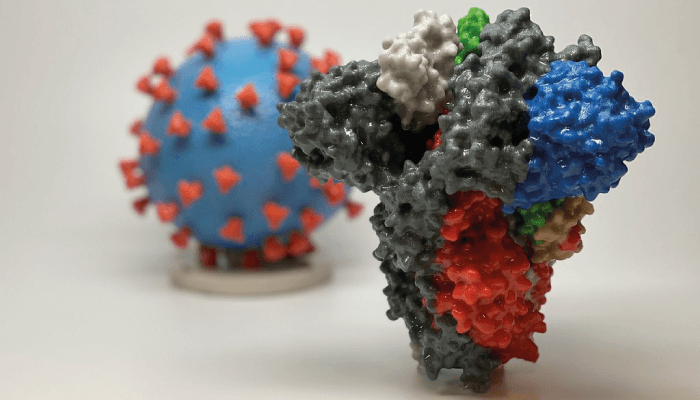
Using a technique called amide hydrogen-deuterium exchange MS (HDXMS), researchers have discovered a number of potential new therapeutic targets on the SARS-CoV-2 spike protein (1).
By placing the spike protein and ACE2 receptors in heavy water (D20), the team were able to visualize what happens when the two bind. Their discovery? This binding is necessary for furin proteases to cut the spike protein, leaving behind the S2 subunit that allows the virus to enter our cells.
“Maybe the S1/S2 cleavage that is necessary for furin cleavage can serve as a new target for inhibitory therapeutics against the virus,” said Ganesh Anand, coauthor of the paper (2). “This study also may help in explaining how mutations in emerging variants might alter dynamics and allostery of ACE2 binding, potentially increasing infectiousness of the SARS-CoV-2 virus.”
References
- PV Raghuvamsi et al., eLife, 10, e63646 (2021). DOI: 10.7554/eLife.63646.
- Penn State News (2021). Available at: https://bit.ly/3lRkrih.




